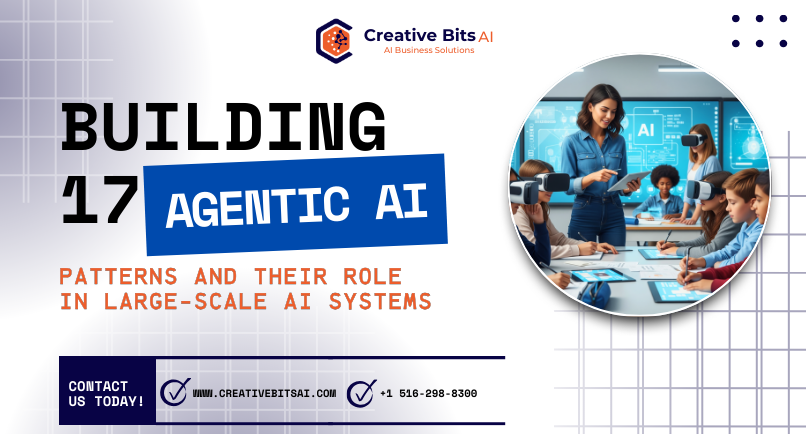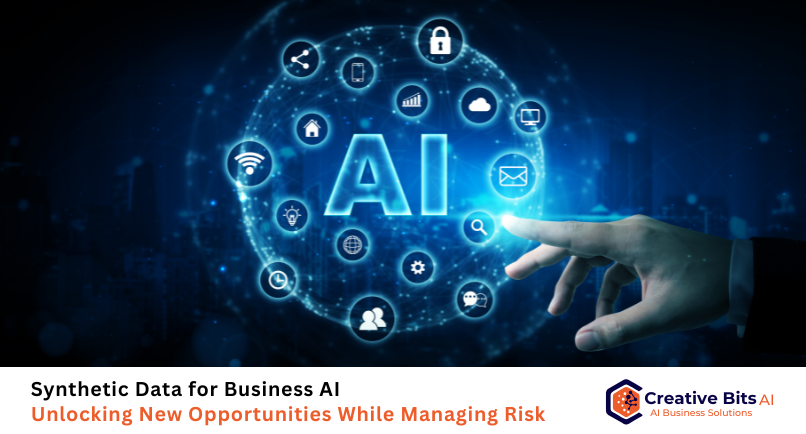As artificial intelligence (AI) becomes deeply embedded in business processes—from customer segmentation to predictive maintenance and fraud detection—the demand for robust, scalable, and ethically sourced datasets has grown exponentially. However, businesses often face limitations when it comes to accessing real-world data due to privacy regulations (such as GDPR or HIPAA), proprietary restrictions, or incomplete and biased datasets. To address these challenges, synthetic data has emerged as a transformative solution.
Generated using techniques like generative adversarial networks (GANs), simulations, or rule-based modelling, synthetic data mirrors the statistical distribution of real-world data while eliminating the risk of exposing personally identifiable or sensitive information.
This approach not only enhances data availability but also supports faster AI model training, especially in edge cases where real data is scarce or imbalanced. Businesses can test their models under a variety of hypothetical scenarios using synthetic inputs, improving model generalization and robustness. Moreover, synthetic data enables privacy-by-design practices and helps organizations remain compliant with evolving data protection laws. Despite these benefits, risks persist. Poorly generated synthetic datasets may introduce biases or inaccuracies, leading to flawed predictions. Additionally, over-reliance on synthetic data without rigorous validation against real-world outcomes can hamper model performance. Nevertheless, when used strategically and ethically, synthetic data is proving to be a catalyst in democratizing access to AI innovation..
What Is Synthetic Data and How Is It Generated?
Synthetic data refers to information that is artificially created rather than collected from real-world events. It can be fully generated through simulations or statistically modeled from existing datasets. Techniques such as generative adversarial networks (GANs), variational autoencoders (VAEs), and rule-based simulations are commonly used to produce synthetic data that resembles actual user behaviors, sensor readings, financial transactions, or medical records.
Unlike anonymized data, which originates from real events and carries residual re-identification risk, synthetic data is generated from scratch, significantly reducing privacy concerns. It allows businesses to create balanced, diverse, and well-labeled datasets tailored to their specific needs, without the limitations of raw data collection.
When Should Businesses Use Synthetic Data?
Synthetic data is particularly useful when real data is scarce, highly sensitive, or expensive to acquire. For example, in healthcare, synthetic patient records can be used to train diagnostic models without violating HIPAA regulations. In finance, synthetic transaction logs help test fraud detection algorithms without risking customer privacy. In autonomous driving, synthetic visual environments can simulate rare edge cases like night-time hazards or unusual weather conditions.
Businesses may also use synthetic data to balance class distributions, introduce rare events into training, or test models in controlled scenarios before real-world deployment. It’s a powerful option for speeding up model iteration, stress-testing performance, and enhancing resilience against corner cases.
Benefits of Synthetic Data in AI Development
The adoption of synthetic data brings several key advantages:
- Privacy Compliance: Since synthetic data doesn’t contain actual user data, it supports compliance with privacy laws such as GDPR and HIPAA.
- Data Augmentation: Synthetic datasets can supplement real data, especially for underrepresented classes or scenarios.
- Scalability and Speed: Synthetic generation is faster and more flexible than traditional data collection pipelines.
- Control and Customization: Users can define distributions, edge cases, and variability directly, allowing for targeted training and benchmarking.
- Ethical Testing: Developers can build and validate models without exposing sensitive or protected populations to experimental risks.
Risks and Limitations of Synthetic Data
Despite its benefits, synthetic data is not a silver bullet. One of the primary risks is model overfitting—if the synthetic data is too clean, too consistent, or overly derived from the original training data, models may perform well in training but fail to generalize in production. Moreover, bias replication can occur if the synthetic data generator reflects underlying biases in the source datasets.
Synthetic data also lacks the unpredictability and rich edge cases of real-world environments. As a result, exclusive reliance on synthetic inputs may underprepare models for live deployment. Furthermore, creating high-fidelity synthetic datasets that truly mirror complex, dynamic systems (e.g., human behavior or natural language) remains technically challenging and computationally intensive.
Best Practices for Ethical and Effective Use
To maximize the value of synthetic data while minimizing risks, businesses should:
- Combine synthetic and real-world data for hybrid training pipelines
- Continuously validate model performance on real-world test sets
- Transparently document how synthetic data was generated and used
- Use domain-specific knowledge to design meaningful simulations
- Monitor for bias drift and false correlations in generated datasets
- Ensure synthetic data doesn’t inadvertently resemble real individuals
By embedding synthetic data into a responsible AI framework, organizations can accelerate development without compromising on ethics or accuracy.
Conclusion: A Strategic Tool, Not a Replacement
Synthetic data is transforming from a niche concept into a mainstream AI strategy. While not a replacement for all real-world data, it offers businesses a powerful means to innovate safely, ethically, and at scale. When used alongside careful validation, synthetic data helps overcome the bottlenecks of data scarcity, unlocks new testing capabilities, and enhances AI model robustness across industries.
To explore how synthetic data can enhance your AI initiatives—from training to compliance—connect with CreativeBits AI, your partner in building smarter, safer, and more scalable artificial intelligence solutions.



